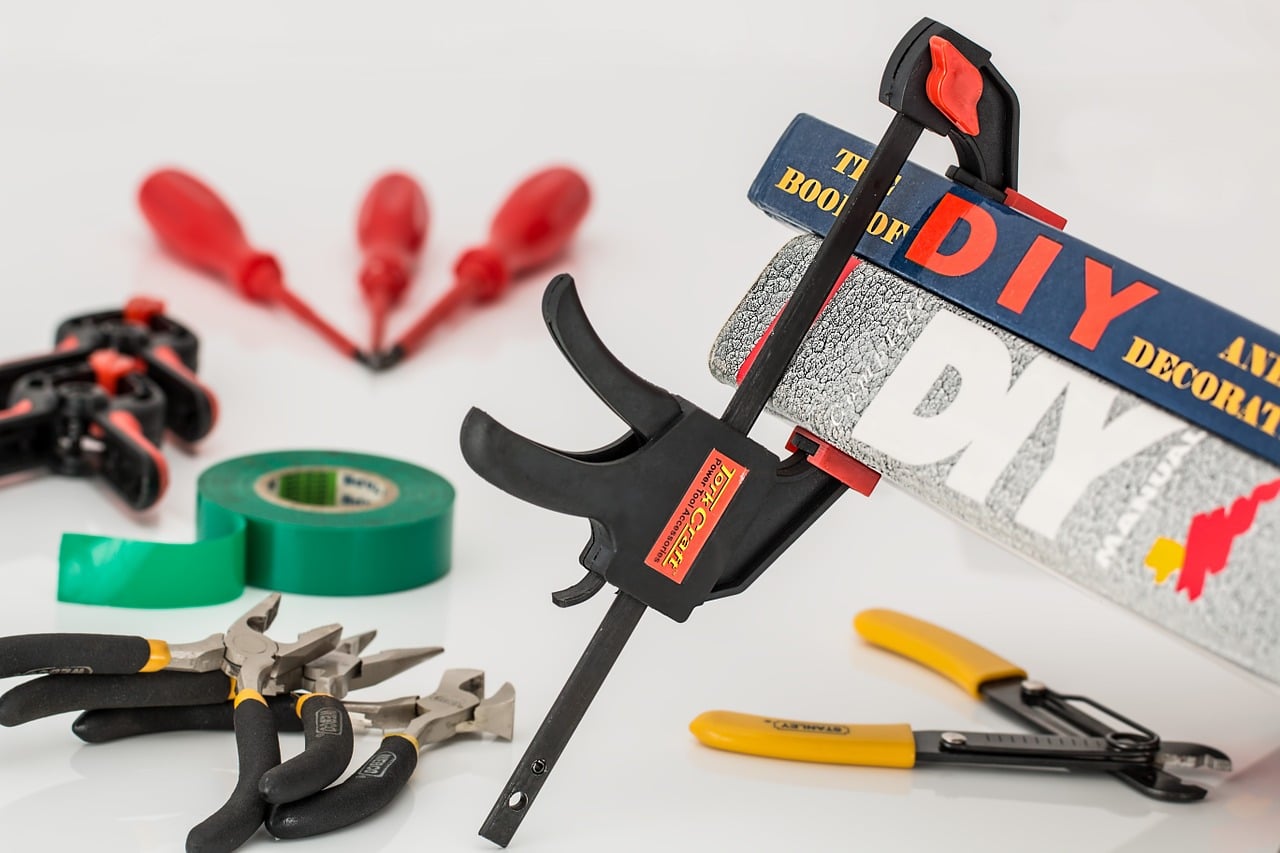Cabinets are wonderful to have in the house, and there are plenty of reasons to have some around! Kitchen cabinets keep your counter space clear for your cooking experiments. Their bathroom counterparts are great for storing towels, toilet paper, and more. Garage-based installations are essential for the home builder, mechanic, or gardener.
Homes and apartments usually come with cabinets already installed. However, they may need replacing due to age or aesthetics. Sometimes there simply aren’t cabinets in the space desired.
How To Install New Cabinets
Installing new cabinets can be done without a professional. This undertaking requires patience and precision, otherwise you could end up with loose or crooked cabinets. This guide will help you install both wall mounted and base cabinets.
Cabinet Installation Prep
 Choosing the perfect cabinets for your home is the first step on your journey. Take time to measure the space around corners, windows, and permanent installations like stove tops, ovens, or range hoods.
Choosing the perfect cabinets for your home is the first step on your journey. Take time to measure the space around corners, windows, and permanent installations like stove tops, ovens, or range hoods.
Make sure that the area has been cleared and is ready for installation. This includes removing existing installations, installing new flooring, rerouting utilities, and re-painting the area.
Take stock of your equipment before you start the installation process. Make sure you have everything necessary for the installation: screws, tools, cabinet parts, and so on. This will help the project move along as smoothly as possible.
If you are installing both upper and base cabinets, start with the upper cabinets. That way you aren’t slowed down by working over the newly-installed base cabinets.
Tools and Equipment
- Cabinets – assembled without doors or drawers, and with pilot holes pre-drilled
- Clamps
- Tape Measurer
- Chalk Line or Pencil
- 4-Foot Level
- Hole Saw
- Nails
- Countersink Bit
- Hammer
- Drill
- Stud Finder
- Drywall Screws – 1 ¼” and 2 ½”
- Trim Molding
- Shims
How to Install New Wall-Mounted Cabinets
New cabinets can be installed by a single person, but two people make installing wall mounted cabinets far easier.
- Draw guide lines for your cabinet installation. First, lay your tape measurer against the wall. If you are installing both sets of cabinets, mark the wall at the 34 ½” mark, which will be the top of the base cabinet. From that mark, measure up an additional 19 ½”. This will be the bottom of the upper cabinets.
- At this point, some people choose to install a ledger, which is a temporary piece that supports the cabinets during installation. This is placed just below your guide lines. You can also drive several long screws into your guide line to help hold up the cabinets.
- Start your installation with the corner wall cabinet. Place the cabinet on the screws or ledger and check to make sure that it is level. Follow your guide lines and install the cabinets to the studs using cabinet screws. For block walls, you can just install the cabinet with brackets. For masonry walls, you’ll need to drill pilot holes.
- Ensure that the cabinet is plumb, and use shims to adjust if necessary.
- Continue installing your cabinets following the same steps above, frequently checking to make sure that everything is sitting level.
- Remove your ledger or screws once the cabinets are attached to the wall.
- When your cabinets are set up, you can finish them by installing doors, handles, drawers, toe kicks, or painting them.
Installing base cabinets is a similar process. As with wall-mounted cabinets, you will need to remove any existing installations, prepare the floor, and re-paint the area if applicable.
You will need to make sure that the cabinets are sitting level on the floor. If they are not, add shims beneath the cabinet until they are level. The rest of the installation is the same as with wall cabinets.
Installing Bathroom Cabinets

Northside Tool Rental
Installing your own cabinets is a great way to save money and learn a new skill at the same time. Plus, you will have the satisfaction of a job well done every time you look at them!
Northside Tool Rental carries all the tools you’ll need to install cabinetry, from drills, hammers, and guns to the most heavy-duty level you could ever want. Contact us at one of our five locations convenient to the metro Atlanta area!

